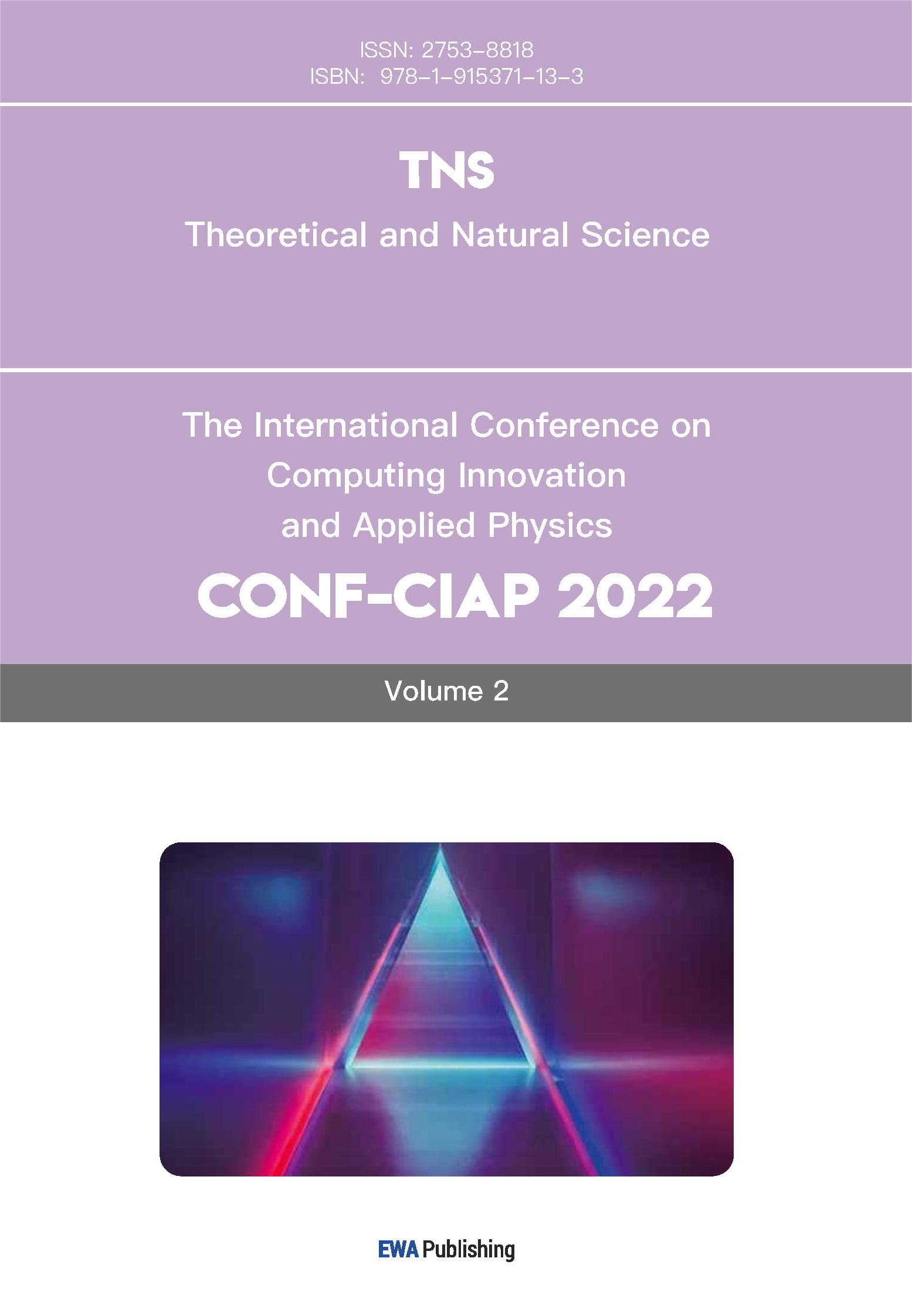References
[1]. Zhang, H., Wang, D., Li, Z., & Liu, Y. (2022). Biomechanical analysis of fencing lunge and its implications for knee injury prevention. Journal of Sports Rehabilitation and Biomechanics, 30(2), 135–143.
[2]. Di Ciaccio, M., D'Anna, C., Di Michele, R., & Merni, F. (2021). Lower limb joint kinematics and kinetics during fencing lunge: Differences between skilled and novice athletes. Journal of Sports Sciences, 39(4), 432–439. https: //doi.org/10.1080/02640414.2020.1828813
[3]. Ardern, C. L., Taylor, N. F., Feller, J. A., & Webster, K. E. (2014). Fifty-five per cent return to competitive sport following anterior cruciate ligament reconstruction surgery: An updated systematic review and meta-analysis including aspects of physical functioning and contextual factors. British Journal of Sports Medicine, 48(21), 1543–1552. https: //doi.org/10.1136/bjsports-2013-093398
[4]. Soligard, T., Myklebust, G., Steffen, K., Holme, I., Silvers, H., Bizzini, M., ... & Bahr, R. (2008). Comprehensive warm-up programme to prevent injuries in young female footballers: Cluster randomised controlled trial. BMJ, 337, a2469. https: //doi.org/10.1136/bmj.a2469
[5]. Escamilla, R. F., Macleod, T. D., Wilk, K. E., Paulos, L., & Andrews, J. R. (2012). Anterior cruciate ligament strain and tensile forces for weight-bearing and non–weight-bearing exercises: A guide to exercise selection. Journal of Orthopaedic & Sports Physical Therapy, 42(3), 208–220. https: //doi.org/10.2519/jospt.2012.3768
[6]. Hewett, T. E., Ford, K. R., & Myer, G. D. (2005). Reducing knee and anterior cruciate ligament injuries among female athletes: A systematic review of neuromuscular training interventions. Journal of Knee Surgery, 18(1), 82–88. https: //doi.org/10.1055/s-0030-1248306
[7]. Palmieri-Smith, R. M., Kreinbrink, J., Ashton-Miller, J. A., & Wojtys, E. M. (2008). Quadriceps strength asymmetry following ACL reconstruction alters knee joint biomechanics and functional performance at time of return to activity. American Journal of Sports Medicine, 36(10), 1820–1826. https: //doi.org/10.1177/0363546508316762
[8]. Logerstedt, D., Grindem, H., Lynch, A., Eitzen, I., Engebretsen, L., Risberg, M. A., & Snyder-Mackler, L. (2012). Single-legged hop tests as predictors of self-reported knee function after anterior cruciate ligament reconstruction: The Delaware-Oslo ACL cohort study. American Journal of Sports Medicine, 40(10), 2348–2356. https: //doi.org/10.1177/0363546512457551
[9]. Snyder, A., Bauer, A., Novatchkov, H., & Müller, E. (2021). Wearable sensors in sports medicine: Current applications and future trends. British Journal of Sports Medicine, 55(20), 1154–1160. https: //doi.org/10.1136/bjsports-2020-103046
[10]. Myer, G. D., Ford, K. R., & Hewett, T. E. (2006). Methodological approaches and rationale for training to prevent anterior cruciate ligament injuries in female athletes. Scandinavian Journal of Medicine & Science in Sports, 14(5), 304–313. https: //doi.org/10.1111/j.1600-0838.2006.00546.x
[11]. Webster, K. E., Feller, J. A., & Lambros, C. (2008). Development and preliminary validation of a scale to measure the psychological impact of returning to sport following anterior cruciate ligament reconstruction surgery. Physical Therapy in Sport, 9(1), 9–15. https: //doi.org/10.1016/j.ptsp.2007.09.003



